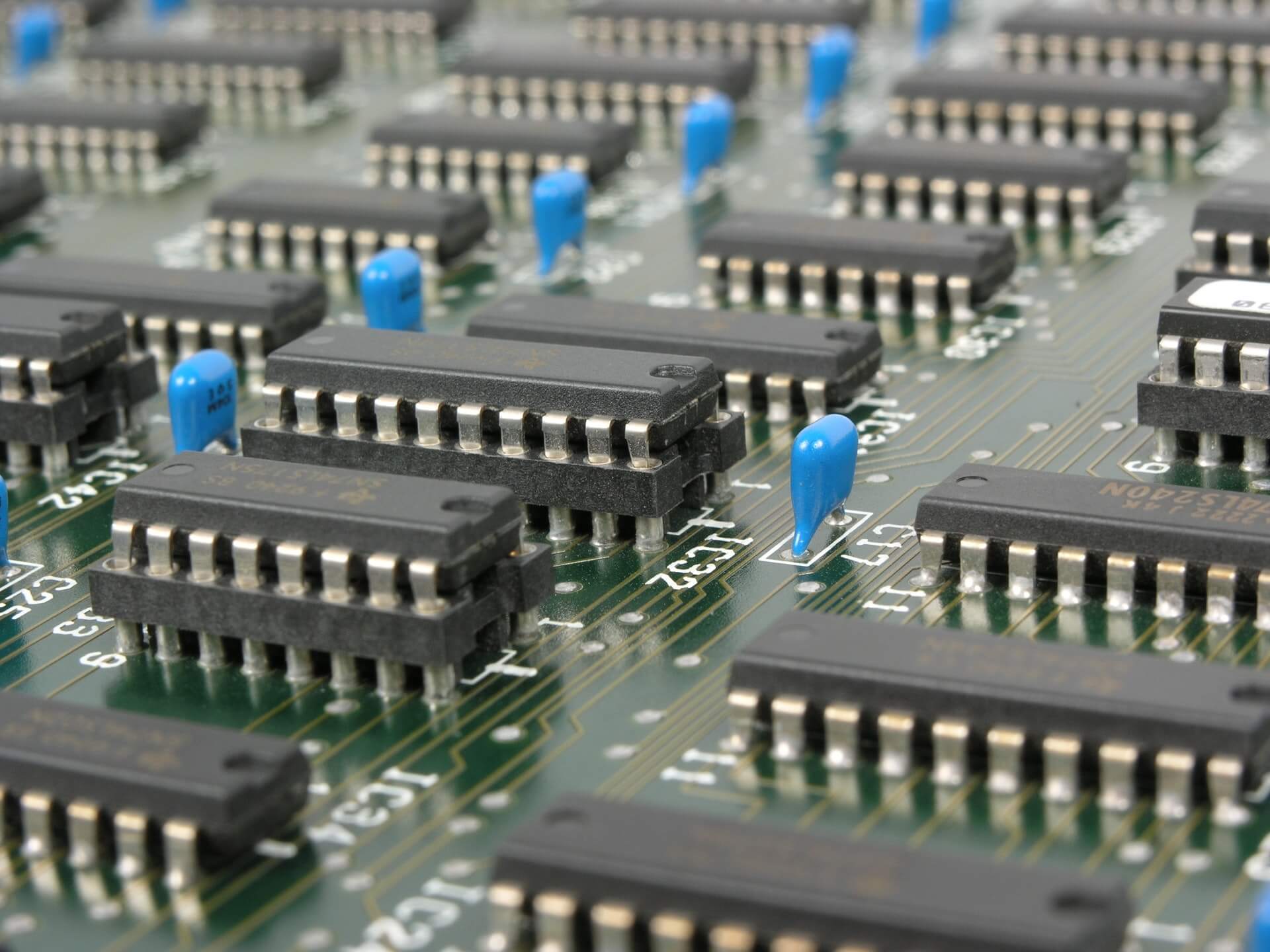 When you are ready to take your prototype and turn it into a real-world product, be sure that your 3D design files are also ready to go. A CAD file is either a digital 2D or 3D model of your product. When you start reaching out to manufacturers, most of the time they will ask to see your 3D design before moving forward with a manufacturing consultation and quote. “Without some idea of size, number of cavities, complexity, shape, and design, a manufacturer cannot accurately advise on the manufacturability of your product or help you choose the right materials and color.” (Extreme Molding)
When you are ready to take your prototype and turn it into a real-world product, be sure that your 3D design files are also ready to go. A CAD file is either a digital 2D or 3D model of your product. When you start reaching out to manufacturers, most of the time they will ask to see your 3D design before moving forward with a manufacturing consultation and quote. “Without some idea of size, number of cavities, complexity, shape, and design, a manufacturer cannot accurately advise on the manufacturability of your product or help you choose the right materials and color.” (Extreme Molding)
3D Design Saves Time
Making sure that the manufacturer has the most detailed information possible about your product helps ensure that you are receiving an accurate quote and that there are fewer potential manufacturing issues down the road.
“Not only does a CAD file help save time when figuring out all the finer details of a part by looking at the 3D model, but it also allows a model to be magnified and even rotate on any axis to get a full three-dimensional concept of the part, which allows the manufacturer a greater sense of the product. It can even reveal internal features of a part if it cannot be seen clearly on a manufacturing drawing. Aside from these benefits, using CAD makes it possible to simulate the movement of a part through production processes.” (Vista Industrial)
3D Design Reduces Material Waste
“CAD files enables the manufacturer to check tool paths before any material is cut. The ability to run a simulation and so verify the complete machining process in a virtual environment is critical for keeping waste and scrap to a minimum. This may be crucial on some jobs, such as those using expensive alloys, large material-intensive components, or for those with complex geometry. Other verification advantages that result from less scrap include less energy consumption and reduced tool wear.
CAD simulations also enable you and the manufacturer to identify how long the production run time will take. Clearly this is useful for scheduling, as well as the planning of throughput, material supply and delivery. As the 3D model is the source of the manufacturing data, the design intent is preserved, and the dimensional accuracy is retained.” (Advice Manufacturing)
3D Design Allows for Ongoing Communication
If your product design needs to be adjusted to meet design or manufacturing needs, this can easily be accomplished within a digital CAD file. Since the CAD files are transferred electronically, you are assured that both you, your product design team and the manufacturer all have the same information moving forward.
“CAD systems also facilitate communication among those involved in design, manufacturing, and other processes. This is of particular importance when one firm contracts another to either design or produce a component.” (Inc.)
In today’s manufacturing environment, CAD files are a necessity. A 3D design allows you to evaluate the form, fit, and functionality of your product. The design will also verify tolerance, loads, stresses and optimize manufacturability. If you plan on filing for IP rights or patent protection, a CAD file will help clearly communicate the design to your attorney and those reviewing your patent application.
Have additional product development questions? Please send them our way, info@3d-innovations.com
______
3D Innovations is a Product Development Company – from the 3D Design to a fully functional 3D Prototype & Product.
Subscribe to the 3D Innovations newsletter on our Facebook page!

